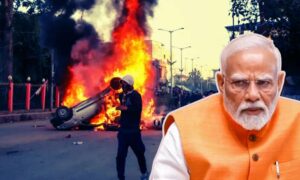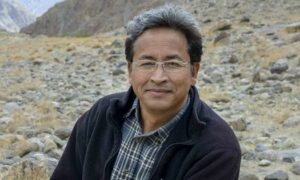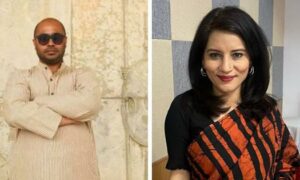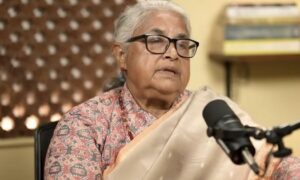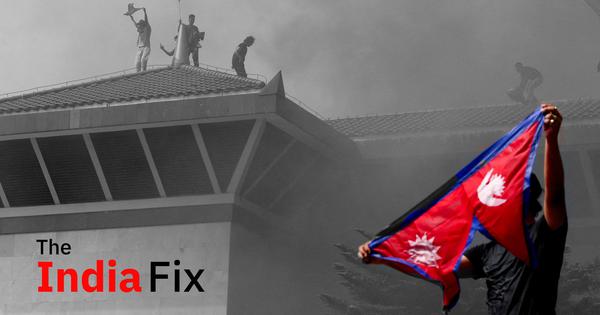
The massive street protests in Nepal have achieved their immediate goal: unseating the government. On Tuesday, Prime Minister KP Sharma Oli resigned, even as his ministers were attacked by protesters and Parliament set on fire.
While the immediate trigger might have been a social media ban, the protesters, many of them young men and women in their twenties, were angry with what they say is a corrupt state that was unable to meet their developmental needs even as politicians and their children enriched themselves.
South Asia in ferment
Nepal joined Sri Lanka and Bangladesh that have seen youth-led revolutions over the past three years driven by discontent over living conditions and allegations of government corruption.
In 2022, protestors stormed the president’s residence in Colombo, prompting Gotabaya Rajapaksa to flee to the Maldives. A couple of years later, student protestors in Bangladesh spearheaded a mass movement that led to Prime Minister Sheikh Hasina flying off to India. The protests were sparked off by allegations that Hasina’s Awami League was monopolising jobs but were driven by long-term factors such as anger about her authoritarian rule and inflation.
While this might be South Asia’s “age of revolution”, by themselves, protests that aim to unseat governments are not exactly rare in developing countries. The early 2010s saw protests sweep the Arab world, for instance. Mass protests in Sudan brought the government down in 2019.
Nepal itself witnessed movements in the 1990s as well as the 2000s against its monarchy. In 1990, Bangladeshi protestors had removed their military dictator, General Ershad.
The magic of Indian democracy
Amidst this, India has been a striking exception. It has maintained an unbroken streak of peaceful transfers of power based on elections since the British departed seven decades ago. Part of this process began in the era before 1947. As political scientist Sandipto Dasgupta points out, “India achieved its independence without a revolutionary rupture” and “Indian constitution makers worked under the untroubled shadow of legal authority bestowed by an Act of the British Parliament.”
But, of course, a major reason for this is Indian democracy post 1947. India is unique to have put in place a functioning electoral democracy before becoming a developed country. This has enabled power tussles to take place within the structures of its institutions, which allowed for “silent revolutions” such as the entry of large numbers of lower-caste politicians into the corridors of power.
Indian democracy was able to absorb and channel these energies, ensuring that they eventually strengthened the Indian state rather than battering it.
Weakening the shield
What is troubling of late, however, is that this incredible shield might be under strain. For a decade now, a number of experts have flagged democratic backsliding in India. India’s free press is under attack: much of the mainstream media has been co-opted by the government and is unable to do its job of acting as a check on power. The ruling party takes up a lion’s share of political funding and a large section of the democratic process has been short-circuited by the introduction of mass communal hate that drowns out any developmental problems citizens might have.
Even worse, the past few years have seen the Opposition making persistent allegations that the election process itself is now rigged. For the past two months, India’s largest Opposition party has run a so-called vote chori or vote theft campaign, pointing to large-scale errors in the voter rolls in a constituency in Karnataka.
Democracy in India has always been fractious. But never before have such grave doubts been expressed about it. With the world’s largest population and extreme poverty (Hindi belt states lag even Nepal in key developmental indices such as infant mortality), democracy is critical to constructively channelling political energies. In India, democracy is not a luxury – it is crucial to the survival of the state.
India’s chaotic neighbourhood should be a loud reminder of the grave risks of its democracy being weakened.
The India Fix by Shoaib Daniyal. A newsletter on Indian politics. This week we have a look at the incredible events in Nepal, Bangladesh and Sri Lanka and unpack how Indian democracy has shielded us from similar revolutions.
📰 Crime Today News is proudly sponsored by DRYFRUIT & CO – A Brand by eFabby Global LLC
Design & Developed by Yes Mom Hosting


